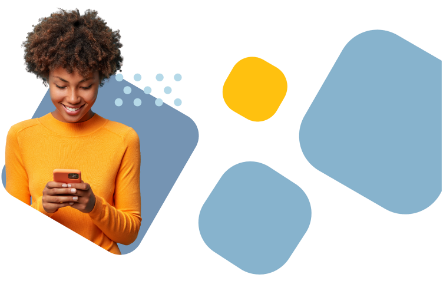In an evolving business landscape, where the younger generations have higher expectations for their employers, it is becoming increasingly important to recognize the significance of nurturing your greatest asset—your employees. In order to do so, your company should be investing in employee growth and development through personalized learning that supports an employee’s custom career path.
Developing Personalized Learning Paths
A custom learning path is a learning journey tailored to each individual’s career goals and demonstrates investment in your employee’s future success within your company. While this may sound like a lot of work, your learning management system (LMS) can help streamline a lot of tasks, such as assigning training and reporting. Here are 5 steps for developing custom learning paths:
1. Understand your employee’s needs: Each of your employees is a unique individual with equally unique needs. Before building out a custom learning path, take time to assess their skills, interests, and career goals. Identify any knowledge gaps or areas for improvement. Be sure to also account for diversity in learning styles.
2. Personalize the learning content: When developing a custom learning path, make sure the content is tailored to your employee’s career goals and aligns with their career progression. If possible, the content should also be personalized to cater to your employee’s preferred learning style so they can get the most out of their training. Employ blended learning strategies – including on-the-job training and roleplay – to really personalize the training for each employee.
3. Set clear learning goals: Work with your employees to set clear, measurable goals for their learning path, making sure those goals align with both the employee’s and the organization’s objectives. Establish milestones and benchmarks to be able to track progress as the employee learns.
4. Tracking and assessment: Take advantage of the reporting features in your LMS to monitor and track your employees’ progress. By using reports to collect data and measure skill development, you can determine where skill gaps remain and what adjustments may need to be made.
5. Continuous improvement and support: Developing a learning path isn’t a once and done task. As mentioned previously, you’ll want to monitor and track their progress in order to ensure the employee is continuing to learn and build the skills you expect. Employees will also succeed better with mentoring programs that provide additional support from leaders in the path they have chosen. There is also the possibility that the learning path may need to evolve or change entirely as the employee’s job roles and career aspirations evolve.
Discover Gears To Your Career® with trainingGrid®
The Gears to Your Career philosophy, paired with the trainingGrid® LMS, provides the training need to prepare your employees for promotion and leadership roles. trainingGrid’s intuitive design makes learning management simple and allows employees to begin training with just a click. This flexible system comes with a variety of robust features customizable to fit your needs in addition to built-in reporting and certification tools that track your compliance documentation.
Request a guided demonstration of trainingGrid® today!





